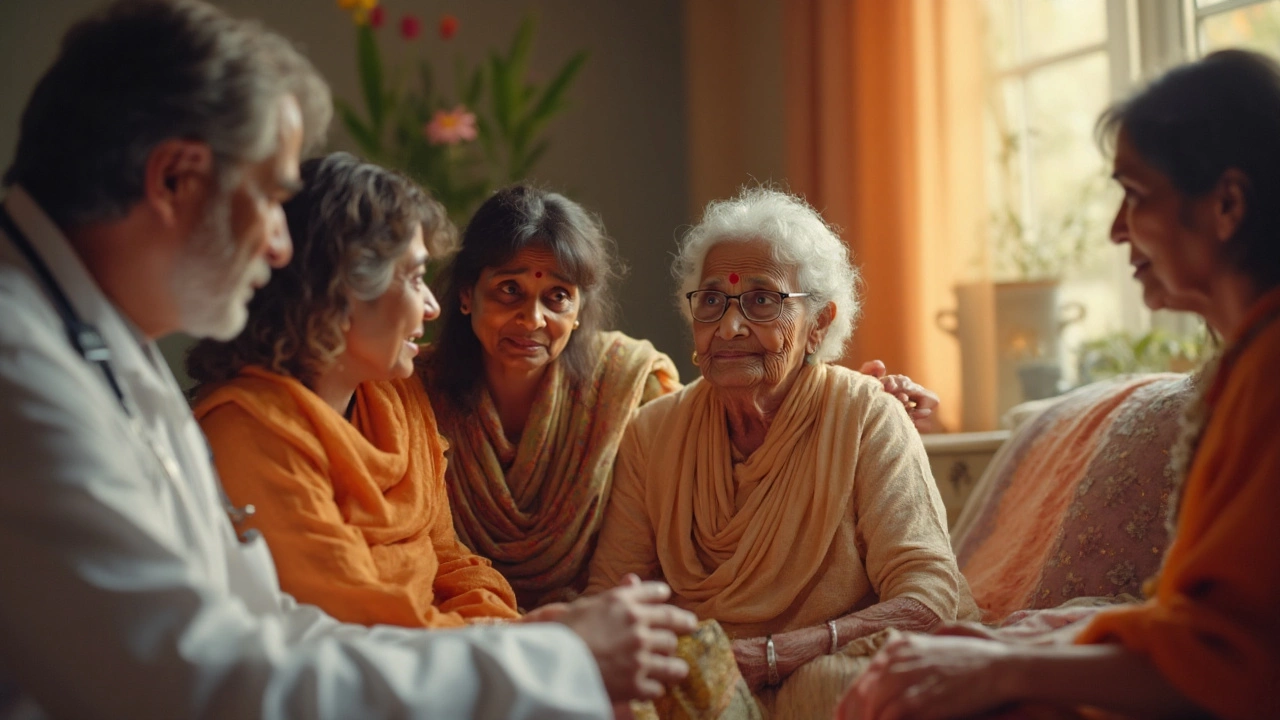Low Survival Cancer: What You Need to Know
When dealing with Low Survival Cancer, cancers where the five‑year survival rate is under 20 percent. Also known as high‑mortality cancer, it typically appears in Stage 4 Cancer that may require aggressive Chemotherapy or other systemic therapies. The Survival Rate drives both treatment planning and palliative care decisions. Understanding low survival cancer helps patients, families, and clinicians focus on realistic goals and the best possible quality of life.
Key Considerations for Low Survival Cancers
Low survival cancer encompasses a group of aggressive malignancies that share a grim prognosis but differ in biology. For example, pancreatic adenocarcinoma, advanced non‑small cell lung cancer, and certain brain tumors each fall under this umbrella while responding to very different drugs. Because the survival rate is low, clinicians often weigh the benefits of curative intent against the risks of toxic side‑effects. Modern chemotherapy protocols have become more targeted, yet many patients still rely on a combination of systemic therapy and palliative measures to control symptoms. Immunotherapy and targeted agents are emerging as alternatives, but they are usually offered within clinical trials or as part of a personalized treatment plan.
The relationship between disease stage, treatment choice, and patient goals forms a tight semantic triangle: Stage 4 Cancer requires intensive therapy, intensive therapy influences survival rate, and survival rate shapes palliative care decisions. This trio guides doctors when they discuss options like radiation, surgery, or hospice. Supportive care teams also play a crucial role, addressing pain, nutrition, and mental health, which can dramatically affect quality of life even when cure is unlikely. Early involvement of palliative care has been shown to improve both symptom control and, surprisingly, overall survival in several studies.
While the numbers look bleak, the landscape is not static. Advances in genomics now let doctors match targeted drugs to specific mutations, turning some "low survival" labels into "manageable" conditions for a subset of patients. Clinical trials across India and abroad continue to explore novel combinations of immunotherapy, PARP inhibitors, and CAR‑T cells. For anyone facing a low survival cancer, staying informed about trial eligibility and emerging therapies is a practical step that can open doors to cutting‑edge care.
Below, you’ll find a curated set of articles that dive deeper into each of these angles— from the hardest surgeries and chemotherapy decisions to realistic expectations for stage 4 survival. Use them as a roadmap to ask the right questions, understand your options, and plan for the future with confidence.
Cancers With Low Survival Rates: What You Should Know
Discover which cancers have poor survival rates, why outcomes are tough, and what signs you shouldn’t ignore. Get practical tips for managing risks and spotting early symptoms.
